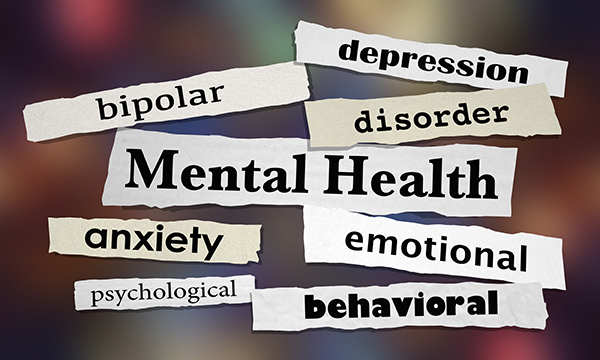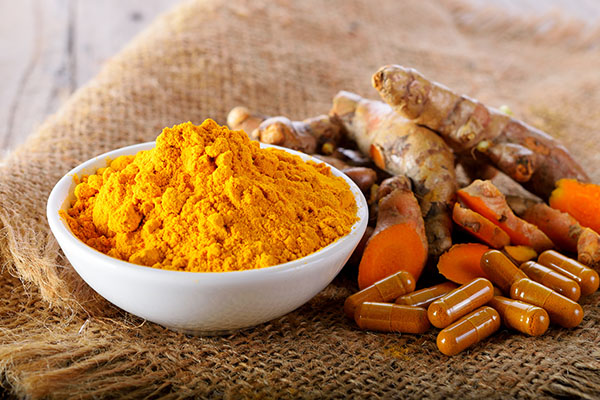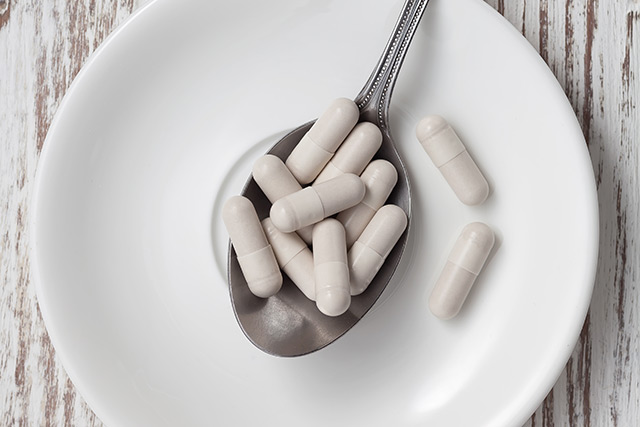Shrimp: A globally loved seafood packed with nutritional benefits
09/23/2025 / By Laura Harris

- Shrimp is a globally loved seafood, rich in protein, omega-3s, vitamins (B12), minerals (selenium, iodine) and antioxidants (astaxanthin).
- While high in dietary cholesterol, research suggests minimal impact on blood cholesterol. Farmed shrimp may contain antibiotics, pesticides or microplastics.
- Wild-caught or sustainably certified (MSC/ASC) shrimp are preferable to minimize contaminants.
- Shrimp has lower mercury levels than larger fish, making it a safer seafood choice when sourced responsibly.
Shrimp is one of the most popular seafood choices worldwide, prized for its delicate flavor, versatility and impressive nutritional profile. But beyond its culinary appeal, shrimp offers a wealth of health benefits, along with some considerations regarding sourcing and potential contaminants.
Shrimp are small, decapod crustaceans found in both freshwater and saltwater environments. They have been a dietary staple for thousands of years, with evidence of shrimp consumption dating back to ancient civilizations in China, Greece and Rome. Historically, shrimp were harvested from coastal waters and estuaries and often dried or fermented for preservation.
The modern shrimp industry took off in the 20th century with advancements in aquaculture (farmed shrimp) and deep-sea fishing. Today, countries like China, India, Vietnam, Thailand and Ecuador dominate shrimp production, supplying both wild-caught and farmed varieties to global markets.
Nutritional benefits of shrimp
A 3-ounce (85g) serving of cooked shrimp provides:
- Protein: ~20g (complete protein with all essential amino acids)
- Omega-3 fatty acids: Supports heart and brain health (Related: Eating seafood high in omega-3s helps protect against kidney disease.)
- Vitamin B12: Crucial for nerve function and energy metabolism
- Selenium: A powerful antioxidant that supports thyroid health
- Iodine: Essential for thyroid hormone production
- Phosphorus and zinc: Important for bone health and immune function
- Astaxanthin: A potent anti-inflammatory carotenoid (gives shrimp its pink color)
Shrimp is also naturally low in fat and carbohydrates, making it an excellent choice for those following ketogenic, low-carb or high-protein diets.
Like many seafood options, shrimp can accumulate heavy metals (such as mercury) and antibiotics (in farmed shrimp). However, shrimp is lower in mercury than larger fish like tuna or swordfish.
Conventionally farmed shrimp may contain several concerning substances due to farming practices and environmental pollution. Antibiotics are often used to prevent disease in the crowded conditions of aquaculture, raising concerns about antibiotic resistance and potential health effects.
Additionally, chemical residues—such as malachite green, a banned fungicide—have been detected in some imported shrimp. Another issue is the presence of microplastics, which accumulate in shrimp as a result of widespread pollution in marine environments. These contaminants highlight potential health and environmental concerns associated with conventionally farmed shrimp.
To minimize exposure to contaminants, consider choosing wild-caught shrimp, particularly those sourced from the U.S., Canada or sustainably certified suppliers, as they generally contain fewer chemical residues. Opting for organic-certified shrimp, where available, can also help ensure that no synthetic antibiotics or pesticides were used in their production.
Also look for reputable certifications such as the Marine Stewardship Council (MSC) or Aquaculture Stewardship Council (ASC) when selecting farmed shrimp, as these labels indicate sustainable and responsible farming practices. These steps can help reduce potential health risks associated with contaminants in shrimp.
Remember that this content is for informational purposes only and is not intended as medical advice or to diagnose, treat or cure any disease. For personalized guidance on your health and dietary needs, consult a qualified healthcare professional or naturopathic physician.
Explore more about the health benefits of superfoods like shrimp and other natural ingredients at NaturalNews.com, your trusted source for wellness insights and nutritional knowledge.
For cutting-edge tools to expand your understanding of natural health, try Brighteon.ai, an innovative AI model created by Mike Adams, the Health Ranger. This free, downloadable tool is designed to decentralize knowledge, bypass censorship and empower individuals with actionable information.
If you’re passionate about nutrition, natural medicine and uncensored discussions, visit free speech video platform Brighteon.com and join vibrant communities on Brighteon.IO and Brighteon.social. Dive into open conversations about food, ingredients and holistic health today!
Watch this video about creamy shrimp and grits recipe.
This video is from Living the Life with Tracy channel on Brighteon.com.
More related stories:
Strategies to combat oxidative stress from fires and pollution.
Natural ways to reduce harmful fat around the heart: Expert tips for better heart health.
Exposure to pesticide malathion linked to greater risk of chronic kidney disease.
Sources include:
Submit a correction >>
Tagged Under:
food ingredient, functional food, nutritive Ingredients, protein, seafood, shrimp, shrimp dishes, shrimp recipes
This article may contain statements that reflect the opinion of the author





















